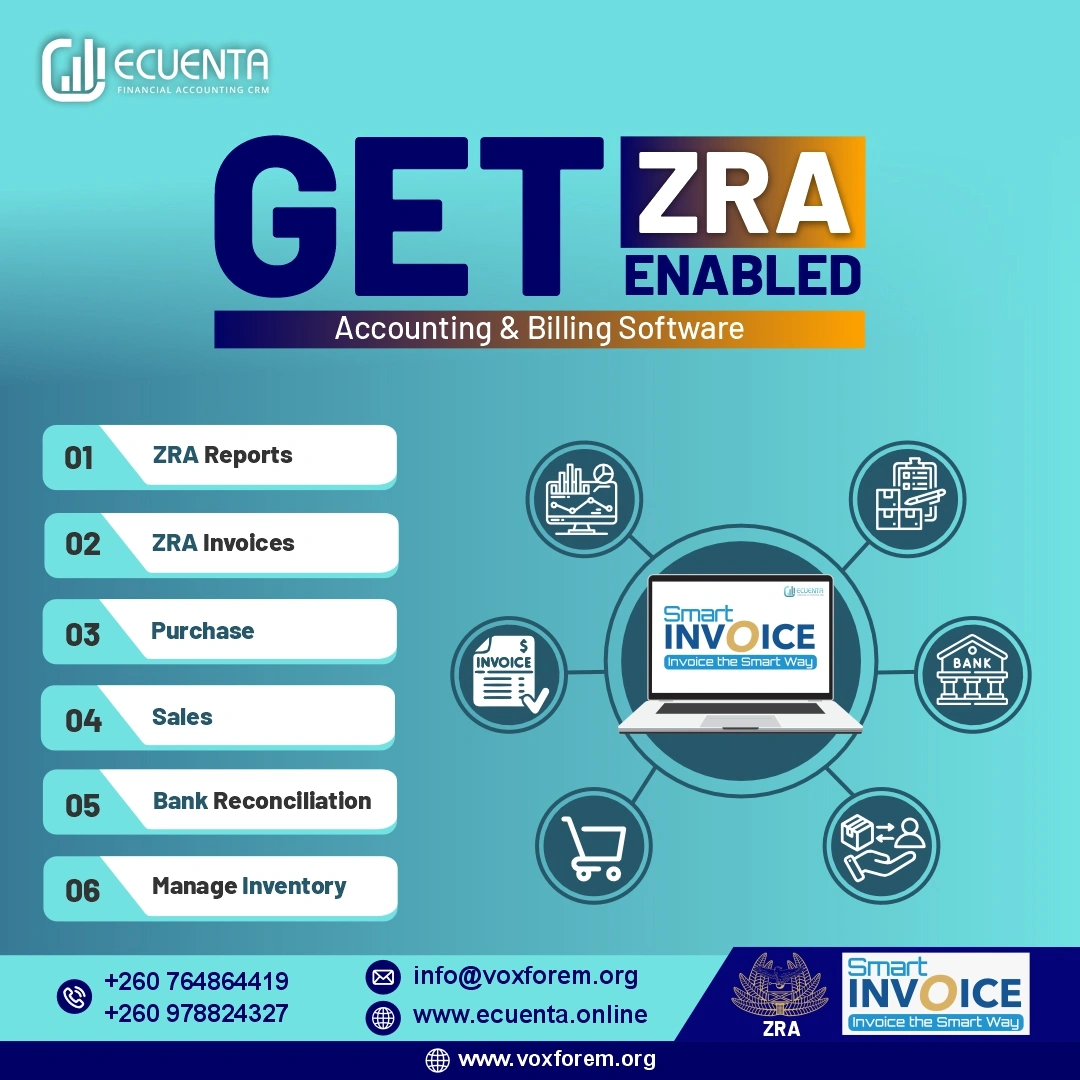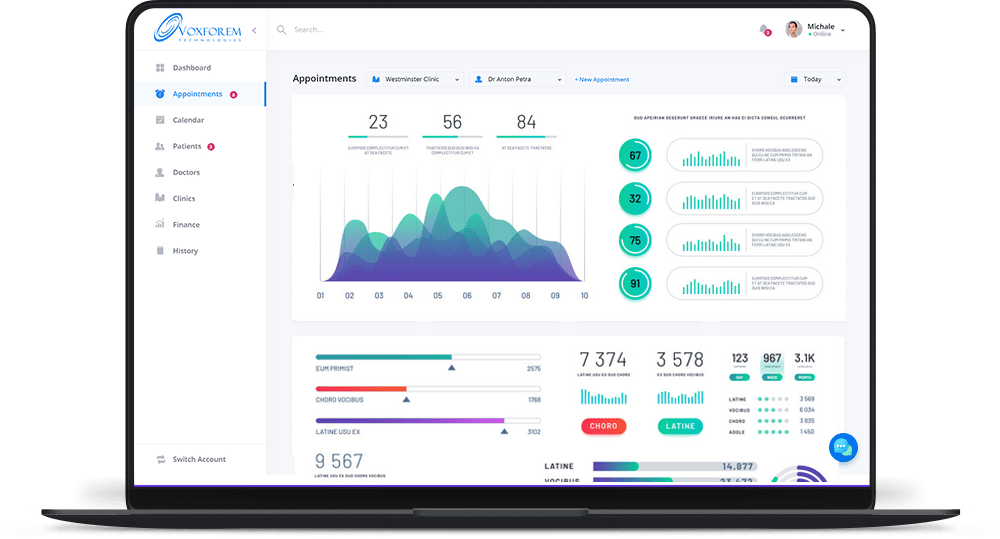
Time for a Website Redesign: Why and How to Update Your Online Presence
Your website is often the first-place potential customers encounter your business. This makes it incredibly important to keep your site up-to-date and appealing. You're in the right place if you’re wondering whether it’s time to redesign your website. In this blog, we’ll discuss clear signs that indicate a redesign is necessary, the benefits of refreshing your site, and straightforward steps to approach the redesign process.
Signs You Need a Website Redesign
1. Outdated Look and Technology
If your website looks old-fashioned or doesn’t use modern technology, it’s time to change. An outdated design can make your business seem unprofessional. Plus, older technology may lead to slow loading times and security issues.
2. Poor User Experience (UX)
Your website should be easy to navigate. If visitors find it difficult to locate information, your bounce rate (the percentage of visitors who leave without interacting) may be high. A redesign can improve how users interact with your site.
3. Not Mobile-Friendly
Nowadays, many people browse the internet on their phones. If your website isn’t mobile-friendly, you could be losing a lot of visitors. A redesign can ensure your site looks good and functions well on all devices.
4. Slow Loading Times
If your website takes too long to load, users may leave before it even appears. Fast loading times are crucial for keeping visitors engaged. A redesign can help improve your site’s speed.
5. Changes in Your Business
As your business grows and changes, your website should too. If you’ve updated your branding, introduced new products, or changed your target audience, it might be time for a redesign to reflect those updates.
6. Low Search Engine Rankings
If your website isn’t appearing in search engine results, a redesign can help. An updated site that follows the latest SEO (Search Engine Optimization) best practices can make your business easier to find online.
7. Increased Competition
If your competitors have moved ahead by redesigning their websites, you might need to refresh your own to stay competitive. This will help you maintain your position in your industry.
Benefits of a Website Redesign
1. Better User Experience
A redesign allows you to create a smoother and more enjoyable experience for visitors. A user-friendly site can lead to higher engagement and returning customers.
2. Modern Appearance
A fresh design can make your website look more professional and appealing. This first impression can help build trust with potential customers.
3. Higher Conversion Rates
A well-designed website can lead to more conversions, whether you want visitors to buy something, sign up for a newsletter, or contact you for more information.
4. Improved SEO
A redesign can help you implement the latest SEO strategies, increasing your website’s visibility in search engines and bringing more visitors to your site.
5. Adaptation to New Technologies
Technology is constantly changing. A redesign allows you to incorporate new tools and features, improving your website’s functionality and user experience.
6. Consistent Branding
Your website should reflect your brand identity. A redesign helps ensure that your website is consistent with your branding, making it easier for customers to recognize you.
Steps to Redesign Your Website
1. Define Your Goals
Before you start, clarify what you want to achieve with your redesign. Whether it’s increasing traffic, boosting sales, or improving user engagement, having clear goals will help you make better design decisions.
2. Review Your Current Website
Take some time to assess your existing website. What works? What doesn’t? Analyzing user behavior and performance will help you identify areas for improvement.
3. Understand Your Audience
Knowing your target audience is key to creating a user-friendly website. Conduct surveys or gather feedback to discover what your audience wants and needs.
4. Plan Your Site Structure
Create a sitemap that shows the main pages of your website and how they relate to each other. This planning will help ensure users can easily find what they’re looking for.
5. Choose Design Elements
Select colors, fonts, and images that align with your brand and appeal to your audience. Aim for a consistent look and feel across your entire website.
6. Optimize for SEO and Speed
Incorporate SEO best practices early in the redesign process. This includes using relevant keywords and optimizing images. Fast page loading should also be a priority to improve user experience.
7. Test Before Launching
Before going live, conduct thorough testing of your new website. Check for any issues with navigation, functionality, and loading speed. Gather feedback from users to make necessary adjustments.
8. Announce Your New Website
Once your redesigned website is live, promote it through social media, email newsletters, and online ads. Let your audience know about the changes and encourage them to visit.
Conclusion
Redesigning your website is essential for keeping your online presence fresh and engaging. By recognizing the signs that it’s time for a redesign and following a simple process, you can create a website that meets the needs of your audience and helps your business succeed. Embrace this opportunity for growth, and you’ll likely see positive results!















